
Having finished posting the sites of my swing through Sicily in the summer of 2017, I thought a short post tying everything together as an actual itinerary, as I did with my Spain trip in 2016, would be in order. I meant to post it last week, but didn’t get around to it. I definitely wanted to put it together before the next real post, due out Wednesday.
For the first half of the trip, from Trapani to Palermo, I had a rental car available to me, which allowed for a lot of the stops on that part of the trip, and is highly recommended for travel around the sites in the western part of the island. While visits to some of the sites would have been possible, others would not have, or would have been made much more difficult. The eastern part of the island is a bit more well-connected with public transport between some of the major sites, so it was a bit more manageable without a personal vehicle. I was also traveling with someone for the first part of the trip, which resulted in some off days or parts of days that weren’t devoted strictly to archaeological pursuits (of which most of my travels typically are).
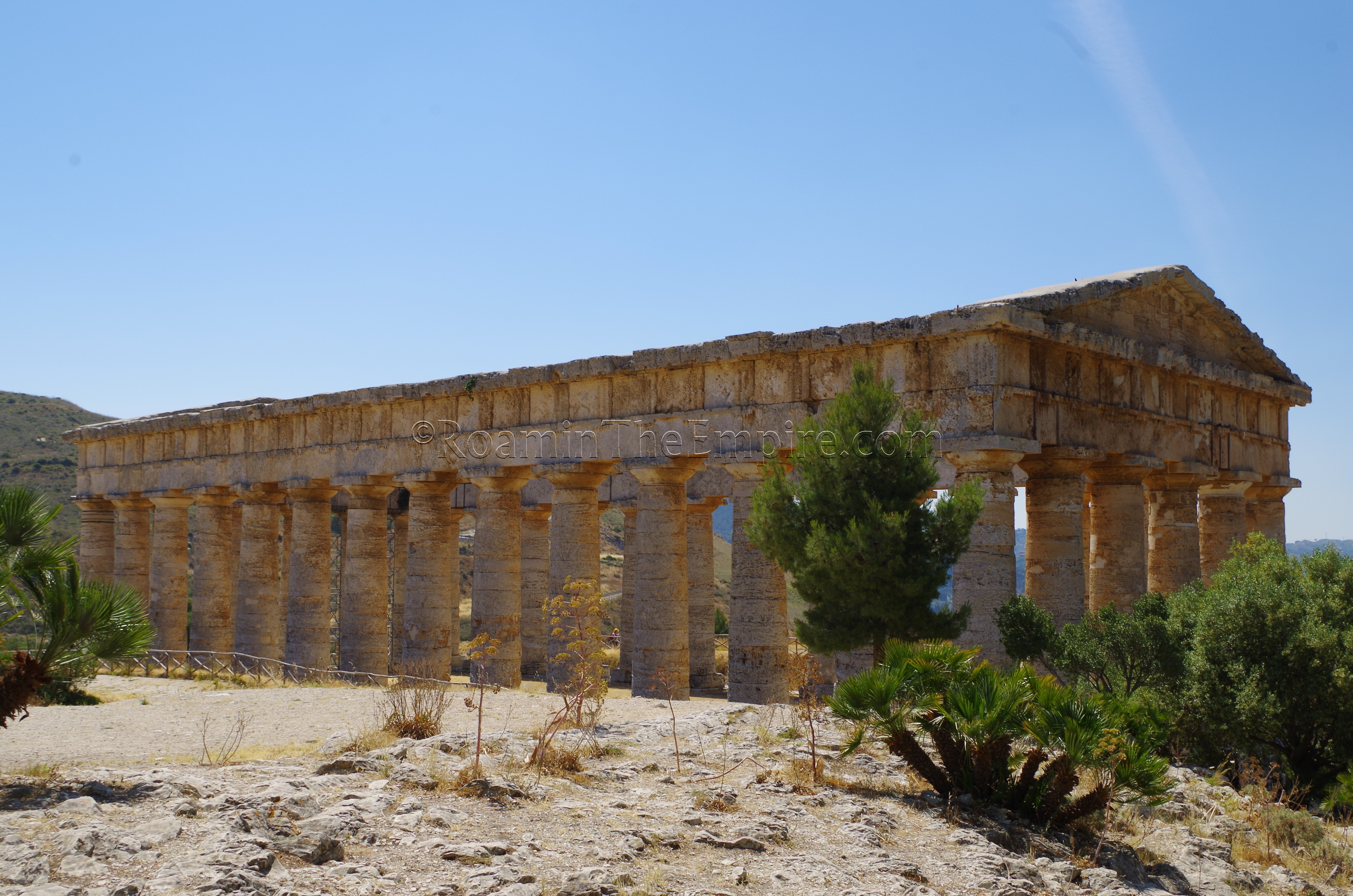
Trapani: The first leg of the trip started out mid-morning from the Aeroporto di Palermo Falcone e Borsellino via car to Trapani, which is, in total, about an hour trip (add another half an hour to hour if coming from someplace in Palermo proper, depending on traffic, which can get quite congested between the city and the airport). Right along the route, a little more than halfway to Trapani, is the archaeological site of Segesta. The Temple of Segesta is even visible from the E90 highway when approaching the area of the site from the east, before entering the tunnel (which ends right at the exit for the site.
With the morning spent at Segesta, the afternoon was devoted to a trip up to Erice (Eryx) from Trapani, which is fairly easily reachable via the funicular. Trapani itself actually does have an archaeological museum, the Museo Civico Torre di Ligny, but some issues with the check-in at our accommodations in Trapani cut our time short, and the less than convenient hours of the museum, conspired to keep it off the itinerary.
May 31st – Trapani – Segesta Morning Visit, Erxy Afternoon Visit.
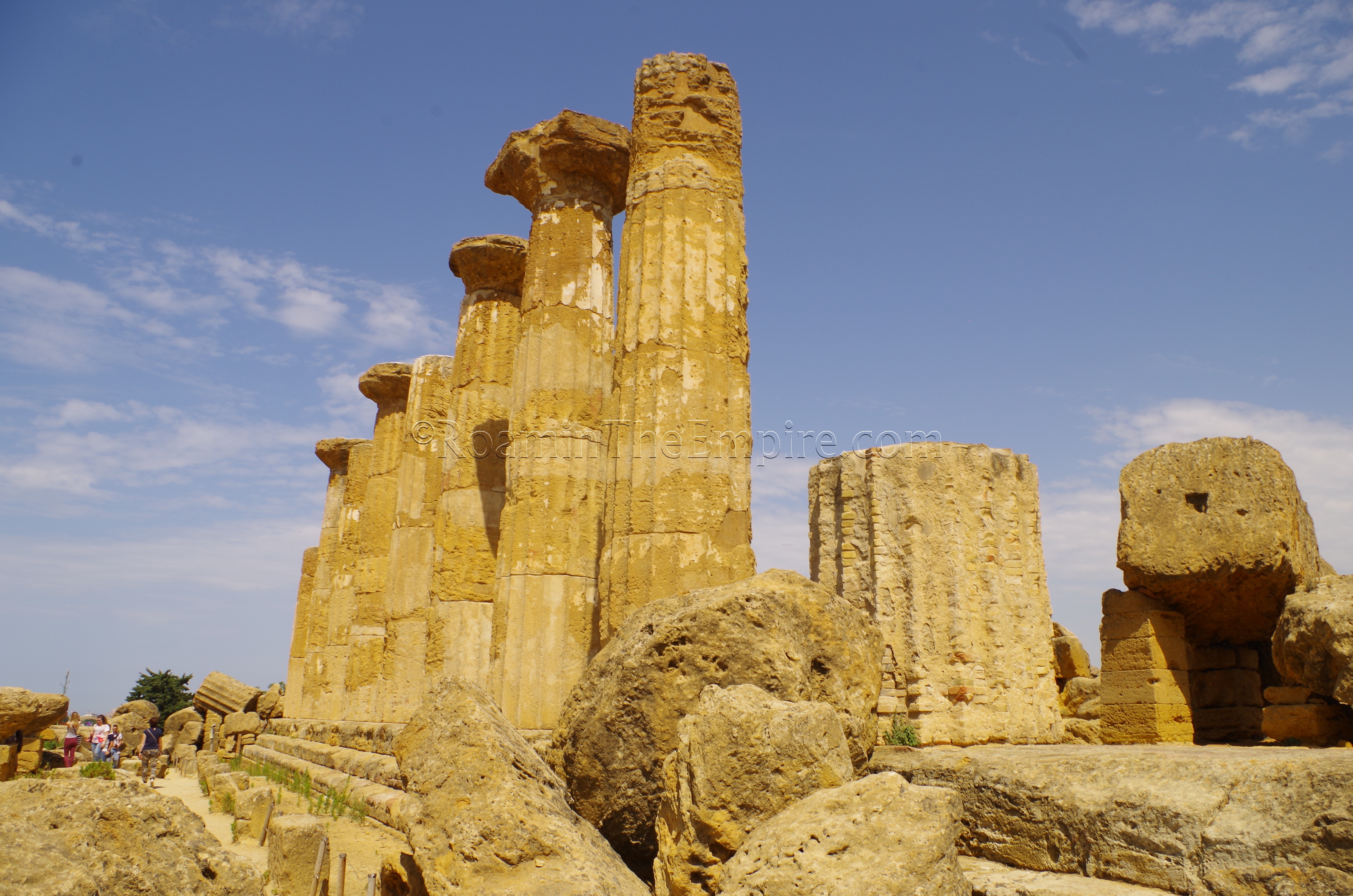
Agrigento: The next leg of the trip consisted of two nights in Agrigento, starting with a trip going from Trapani to Agrigento via Mozia (Motya) and Marsala (Lilybaeum), which made for an exceptionally packed day. The transit time is about 2 and a half hours without stops, but the stops at Mozia and Marsala (and a planned possibility of Selunite, had time permitted) tacked on a lot of extra time to the day, but still made for a relatively manageable day. The path to hit both those sites is a bit out of the way of the recommended direct route between Trapani and Agrigento, but, in reality the estimated drive time difference is pretty negligible.
The second day in Agrigento was initially planned to be an entire day in town, with the Valley of the Temples archaeological park in the morning and the Museo Archeologico Regionale Pietro Griffo in the afternoon. That day happened to be Republic Day, however, and so both the archaeological site and the museum closed by 13:00 that day, unbeknownst to us until buying our tickets for the archaeological site. With the afternoon in the museum effectively cancelled, it was spent taking a trip up the coast to Herakleia Minoa and the Roman Villa of Durrueli near Realmonte. Herakleia Minoa is the furthest north of the two, and is about 45 minutes from Agrigento, while the villa is a bit closer and right off the highway between Herakleia Minoa and Agrigento. In all, the roundtrip driving time is about an hour and a half, while both sites are not long visits. The trip works quite well for an afternoon. Those two were not on the original plan, but, serve as a good example of why I always try have back up sites researched; in case there is extra time or something doesn’t go according to plan with one of the other sites.
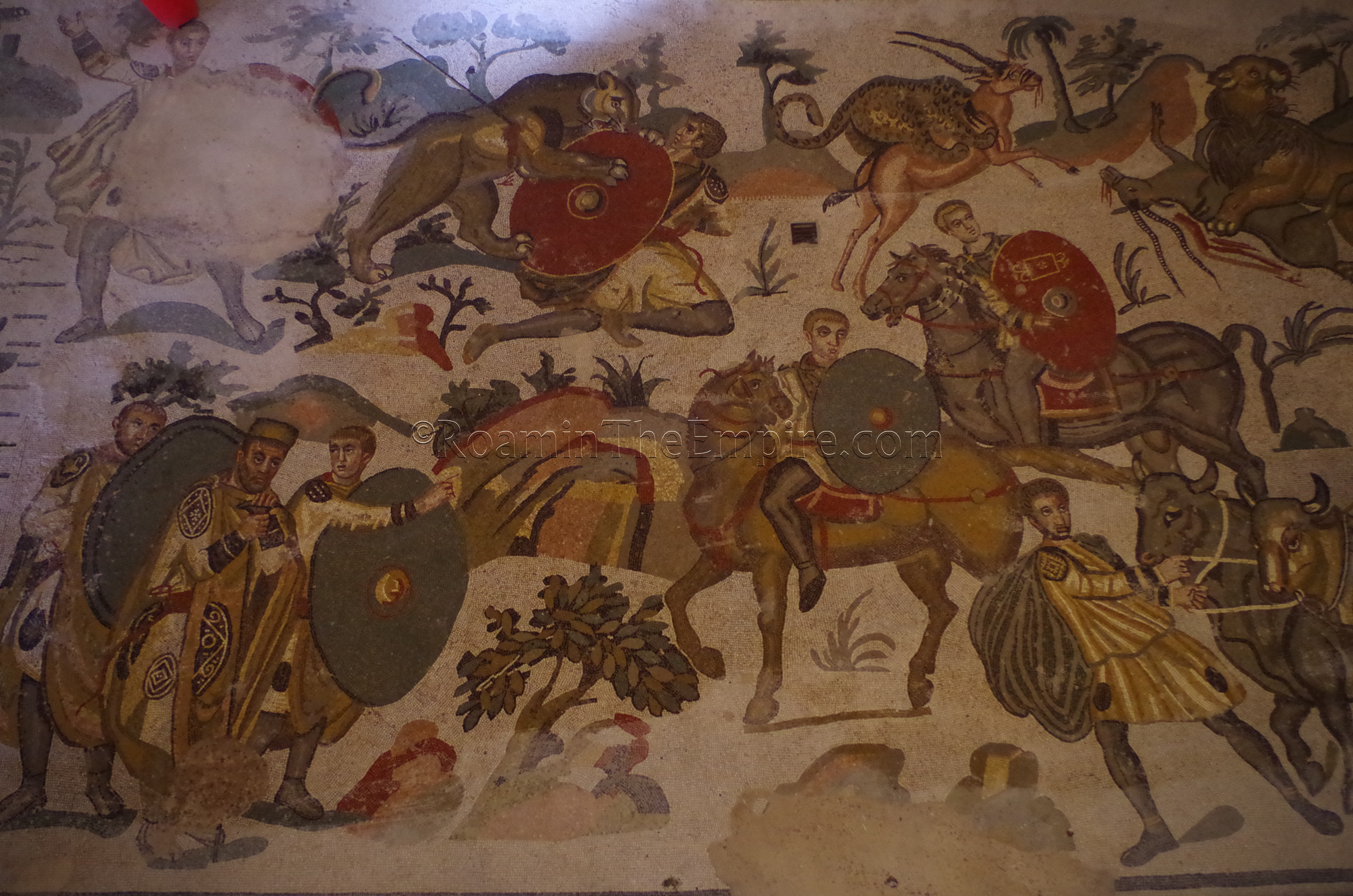
With the museum bumped from the afternoon of the 2nd, it was necessary to try and fit it in on the morning of the 3rd, before leaving Agrigento for Palermo, via Piazza Armerina. Morgantina was originally on the plan for the day, but, with an early departure from Agrigento out of the question, and the added time to see the museum, there simply wasn’t enough time to fit Morgantina in. As it was, the day was pretty tightly packed, with about 4 hours of estimated drive time on the docket before the time needed to see the museum and the Villa Romana del Casale in Piazza Armerina. It is certainly feasible if one manages their time right, though.
June 1st – Agrigento – Motya Morning Visit, Lilybaeum Afternoon Visit.
June 2nd – Agrigento – Valley of the Temples Morning Visit, Herakleia Minoa and Roman Villa of Durrueli Afternoon Visits.
June 3rd – Agrigento – Archaeological Museum Morning Visit, Villa Romana del Casale Afternoon Visit.
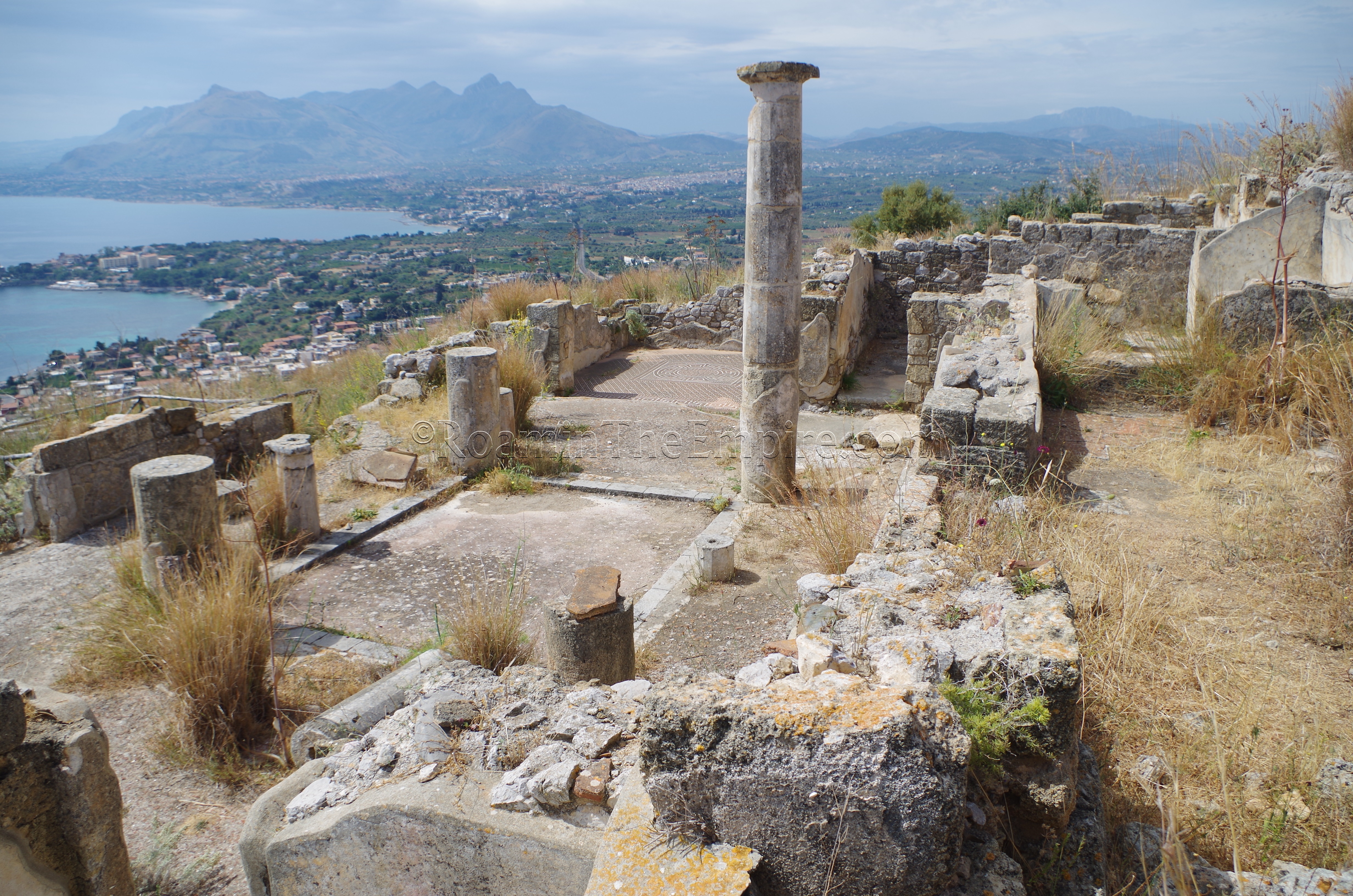
Palermo: Palermo was the longest stay of the entire trip, and was also the stretch that included the most sightseeing that wasn’t related to archaeology. There were basically three days devoted to Palermo and the immediate surroundings, which was much more than needed for the archaeological remains in and around the city. In reality, most things in the city could probably be seen in a well-managed day, or day and a half (particularly with the Museo Archeologico Regionale Antonino Salinas in its current state of renovation).
The main sites outside of Palermo are easily seeable in a day, Soluntum and Thermae Himerenses. Again, this is dependent on a personal vehicle, though it is plausible that both of them could be seen in a single day even relying on public transportation, though it would certainly be hectic and require quite a bit of walking. With a vehicle, we were able to see both those sites as well as Cefalù. I didn’t include Cefalù in a post because there wasn’t really enough for a separate entry, but there are a couple of things there of interest. The first is a section Roman road that was not yet open for visitation when I was there; either it had not opened at all yet, or was under some sort of renovation. The so-called ‘Roman Baths’ in Cefalù are not Roman at all, but are medieval. Finally, above town, perched on the Rocca in the vicinity of the Norman Castle, is the so-called Temple of Diana, a temple that perhaps dates back to the 9th century BCE and was originally constructed by the local Sicani. The temple continued in use into later periods, even undergoing a conversion into a church at some point following the Roman period. There are also scattered remains of defensive fortifications dating back, again, to possibly as early as the 9th century BCE.
June 4th – Palermo – Various Sites of Panormus.
June 5th – Palermo – No Archaeological Sites.
June 6th – Palermo – Soluntum Morning Visit, Thermae Himerenses Early Afternoon Visit.
June 7th – Palermo – Archaeological Museum.
June 8th – Palermo – Panormus (Punic Necropolis and Cathedral).

Milazzo: After dropping the rental car off in Palermo, a good chunk of the day on June 9th was transit to Milazzo, and then a little bit of archaeologically unrelated sightseeing in Milazzo. The main reason for the stop there was it was the closest, decent sized town with reasonable accommodation to Tyndaris and Patti, to allow me to use it as a base to see the archaeological areas in both those towns the following day.
June 9th – Milazzo – Travel Day From Palermo.
June 10th – Milazzo – Morning Visit to Tyndaris, Afternoon Visit to Villa Romana di Patti.
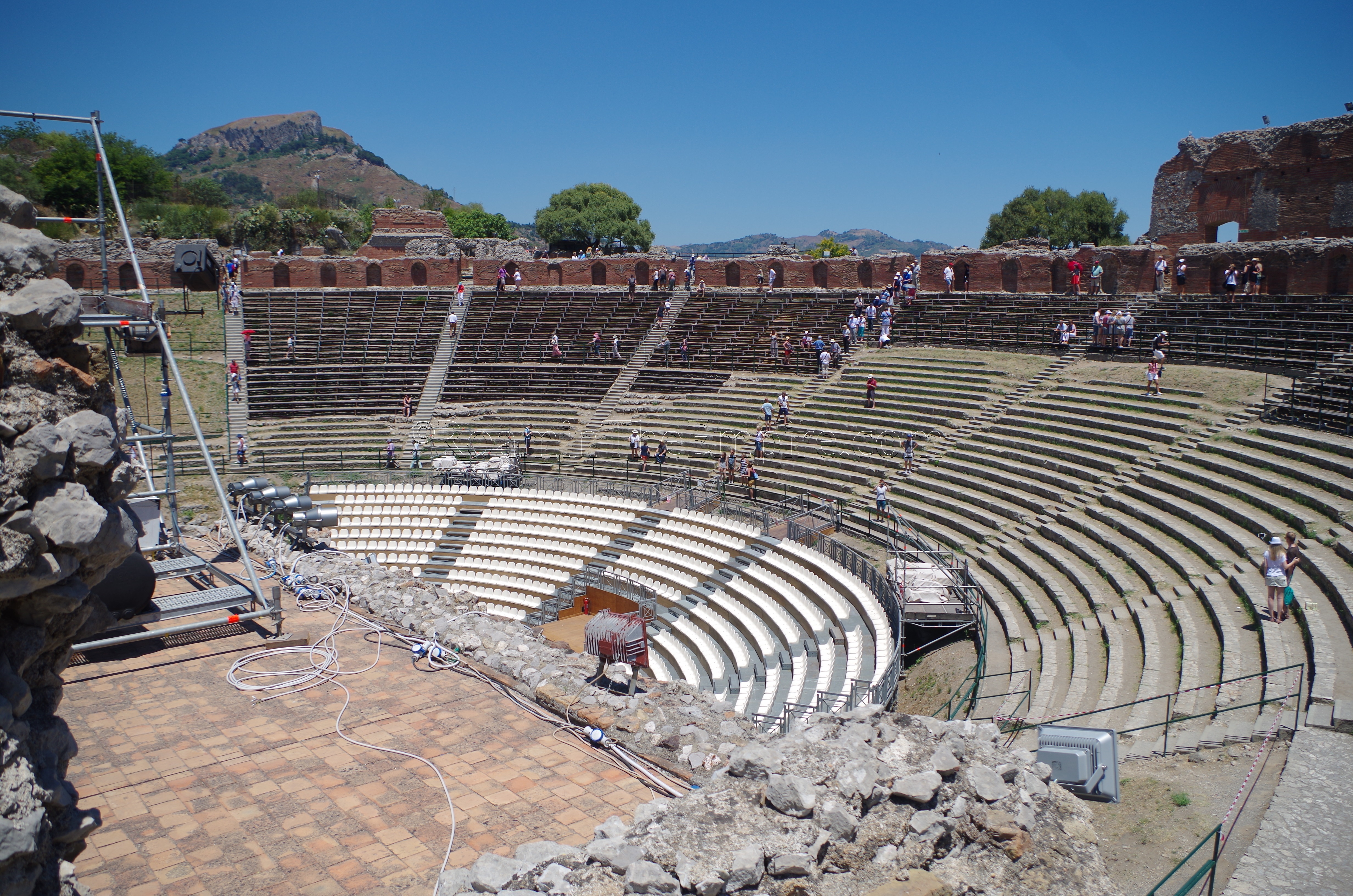
Catania: Catania was the final stop on the swing through Sicily. As with the previous leg, a good portion of the morning and early afternoon was devoted to travel and getting situated in my accommodation there. While there is a lot of Roman remains to be seen in Catania, it could theoretically be seen inside of 2 days, very easily. The way the schedules are set up, however, makes it nearly impossible to see everything in Catania in any given two day window. Spending two and a half days devoted to just seeing things in Catania, I still needed to break off time from the days spent traveling to sites outside of Catania in order to see a few sites. It’s quite inconvenient for someone that only has a few days in town, but, I do understand that, in some cases, it is done out of necessity. With a limited number of staff, the rotation of certain sites being open allows the maximum number of sites to be open at some point during a given week, without having to staff them every single day. It’s honestly a very good compromise, but, for someone like myself, who wants to see everything, it can play havoc with scheduling.
Both Taormina and Syracuse are within easy day-trip access of Catania. Taormina is more than seeable in a single day trip, even beyond the strictly Roman remains. While having to see a site in Catania on the morning of June 14th cut my time in Syracuse down a little bit, a closure on part of the Parco Archeologico Neapolis balanced that time commitment out a little bit. It was quite a packed day, but given that only the archaeological park and the museum are entrance controlled sites, it’s still very manageable in a single day, particularly with a plan. For me, the biggest limiting factor was the train schedule, which was not running at full capacity that day due to a strike.
June 11th – Catania – Morning Travel From Milazzo, Afternoon Sites of Catana.
June 12th – Catania – Catana Sites.
June 13th – Catania – Trip To Tauromenium.
June 14th – Catania – Trip to Syracusae (Part I and Part II)
June 15th – Catania – Catana Sites.


